7 Things You Should Know Before Visiting South Africa
What is South Africa like? Mary Holland shares her insights on her native South Africa and the best things to do, from little-known wine regions, beaches, and national parks, to art and culture in Cape Town and Johannesburg.
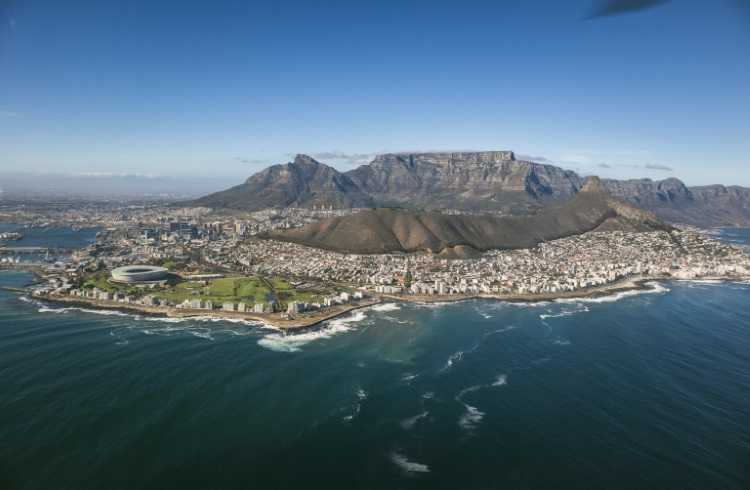 Photo © Getty Images / Christopher Loh
Photo © Getty Images / Christopher Loh
As a South African, I’ve always known my country is beautiful and culturally rich, but it took moving across the Atlantic Ocean to make me realize what a knockout place it really is.
I now live in New York, but still travel back at least once a year, and every time my plane dips into Cape Town and I spot the monumental Table Mountain from my window, I’m in awe. Beyond Cape Town, South Africa has many exceptional landscapes and unique experiences. Here are a few things to know before you visit.
- Is South Africa expensive?
- The best time to visit South Africa
- Don't let Johannesburg's dangerous reputation deter you
- There’s more to the winelands than Stellenbosch, Franschhoek, and Paarl
- Kruger Park isn’t the only safari park worth visiting
- Check out the great beaches in KwaZulu Natal and/or the Garden Route
- Don’t skip the lesser-known art, design, and culture
1. Is South Africa expensive?
Travelers often assume South Africa is expensive because flights come at a hefty price. But, once you arrive, it tends to be very affordable, due to the weakness of the South African Rand.
While certain trips (like a high-end safari) can break the bank, there are many experiences that won’t. At most national parks, travelers can easily skip five-star accommodation and opt for simpler, self-catering options – Kruger National Park, for example, has plenty of budget-friendly accommodation. And remember, there’s also no fee to laze on the beaches or hike in the mountains.
When it comes to food (and wine), prices tend to be very wallet-friendly, and we tip between 10 and 15 percent. A fancy coffee like a flat white (we make very good flat whites) will cost you around US $2, and a glass of wine (we make very good wine) will only set you back around US $4. Some high-end restaurants that attract overseas visitors can be pricey, but all the major cities have superb, affordable options that cater to South Africans (who aren’t spending US dollars or British pounds).

2. The best time to visit South Africa
Over the December holidays (summer), hordes of foreign visitors descend upon the country. But the best time to visit South Africa is outside of the local school holidays. The spring and autumn seasons are perfect – not only is the weather generally milder, but you can snap up seasonal experiences like whale watching in the Western Cape (the season begins around June) or the blossoming of wildflowers in Namaqualand (September) along the west coast. Prices tend to be more affordable and accommodation more available out of high season – especially for those who want to go on safari.
3. Don't let Johannesburg's dangerous reputation deter you
I love this city. Many people are warned that Johannesburg isn't safe. And, yes, like many major urban environments across the world, it can be dangerous in certain parts and you do have to be aware. But if you stay in a reputable hotel in one of the revitalized neighborhoods and find yourself a knowledgeable guide, you’ll get to explore one of Africa’s buzziest cities. There’s a thriving art and design scene and unmissable historical sites that will easily merit spending two or three days here.
A guided walking tour in downtown Johannesburg’s Maboneng district (try Main Street Walks) will reveal cool galleries and restaurants; try an art tour in Soweto, visit the iconic Apartheid Museum, or spend a weekend mixing with locals at one of the many hip markets or pop-ups such as Victoria Yards.
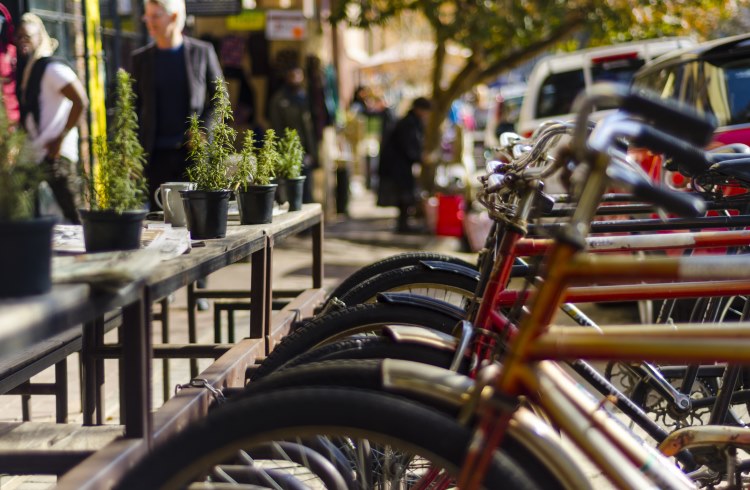
4. There’s more to the winelands than Stellenbosch, Franschhoek, and Paarl
There’s no denying the Paarl/Stellenbosch/Franschhoek area has superb wineries that produce award-winning wines, but there are also other wine regions that don’t get the attention they deserve.
An hour north of Paarl lies the Swartland, a rugged wine area centered around the historic town of Riebeek Kasteel. This hot, dry region is one of my favorite places to visit and has become known for its handful of independent winemakers who produce world-class chenin blancs.
In the Hemel-en-Aarde Valley, north of the coastal town of Hermanus (two hours from Cape Town), winemakers produce superb chardonnays and pinot noirs. I recommend spending a few days at the beach in Hermanus, then tacking on a weekend of wine tasting in the valley.
5. Kruger Park isn’t the only safari park worth visiting
Most people who go on safari in South Africa will probably end up in Kruger National Park. There’s nothing wrong with this, I’ve been there countless times – the park is one of the largest reserves in Africa, packed with wildlife. But it’s only one of 20 national parks and many reserves.
In the Eastern Cape, the scrubby Addo Elephant Park is known for its abundance of elephants. The lush iSimangaliso Wetland Park, a protected coastal area in KwaZulu Natal, is a great place for spotting hippos, crocodiles, pelicans, and flamingos. In the northern part of the country, the Kalahari – a parched savannah that bleeds into Botswana and Namibia – is home to meerkat, cheetah, and wild dog.
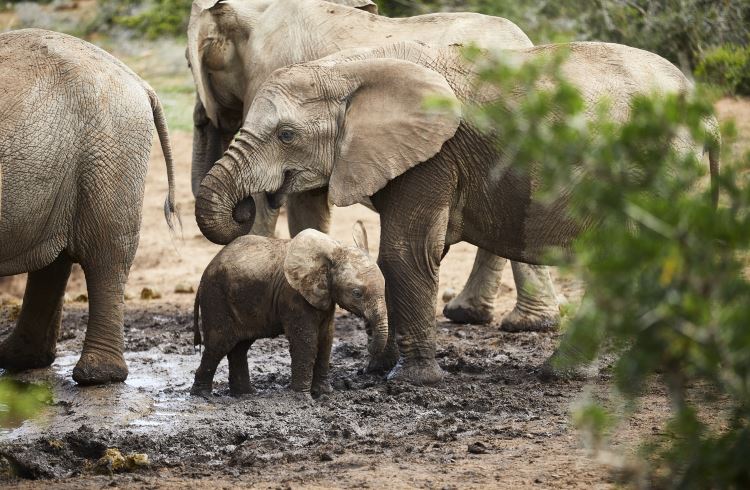
6. Check out the great beaches in KwaZulu Natal and/or the Garden Route
Cape Town has a fantastic coastline, where inky ocean laps creamy white shores. The Indian Ocean (around Muizenberg area) tends to be much warmer, while the Atlantic Ocean (around Clifton and Camps Bay) is chilly. Both areas are undeniably stunning, but so are the coastlines along the Garden Route and KwaZulu Natal.
The Garden Route – a stretch of land that runs between Cape Town and Port Elizabeth – has a string of beach towns such as Wilderness, Plettenberg Bay, and St. Francis, with warm water and tawny beaches. The climate also tends to be fairly moderate, so swimming during the winter is possible.
In KwaZulu Natal, a hot and humid part of the country, wild seashores are in abundance. Sodwana Bay, Umhlanga Rocks, and Kosi Bay all have rugged beaches that are great for surfing.
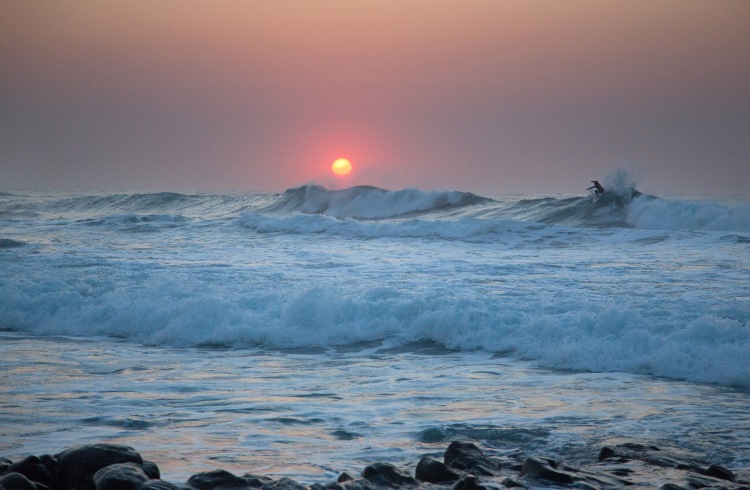
7. Don’t skip the lesser-known art, design, and culture
South Africa is diverse in landscapes and temperatures as well as extremely culturally rich, and has 11 official languages. There are some iconic sites and museums you absolutely shouldn’t miss such as Robben Island, the Apartheid Museum, and the Zeitz MoCAA.
But don’t skip the smaller galleries and museums that promote emerging creatives. Johannesburg and Cape Town both have a slew of brilliant spaces such as the Norval Foundation, Gallery MOMO, Southern Guild, Goodman Gallery, and Michael Stevenson. You’ll be wowed by the diversity of talent, and hopefully snag a ceramic or painting to take home with you.
Get a travel insurance quote for South Africa
You can buy at home or while traveling, and claim online from anywhere in the world. With 150+ adventure activities covered and 24/7 emergency assistance.
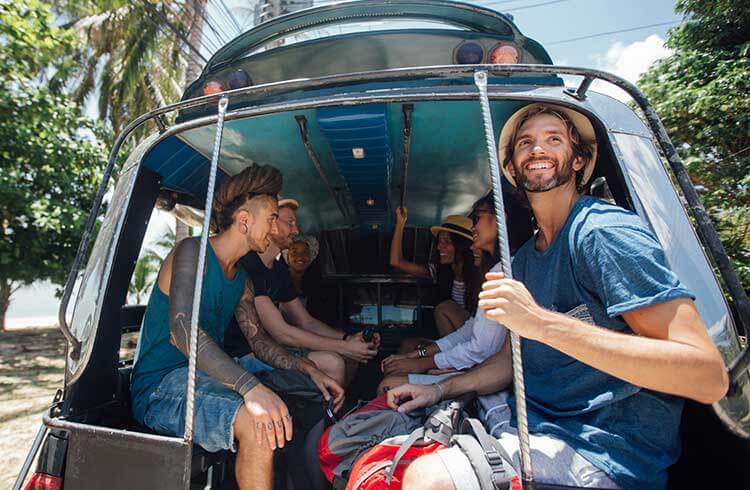
Get travel insurance for your trip to South Africa
You can buy at home or while traveling, and claim online from anywhere in the world. With 150+ adventure activities covered and 24/7 emergency assistance.
Find out moreRelated articles
Simple and flexible travel insurance
You can buy at home or while traveling, and claim online from anywhere in the world. With 150+ adventure activities covered and 24/7 emergency assistance.
Get a quote
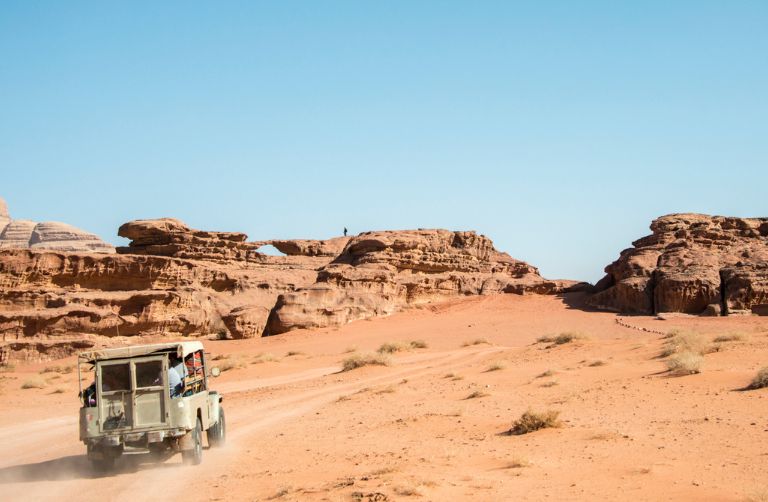
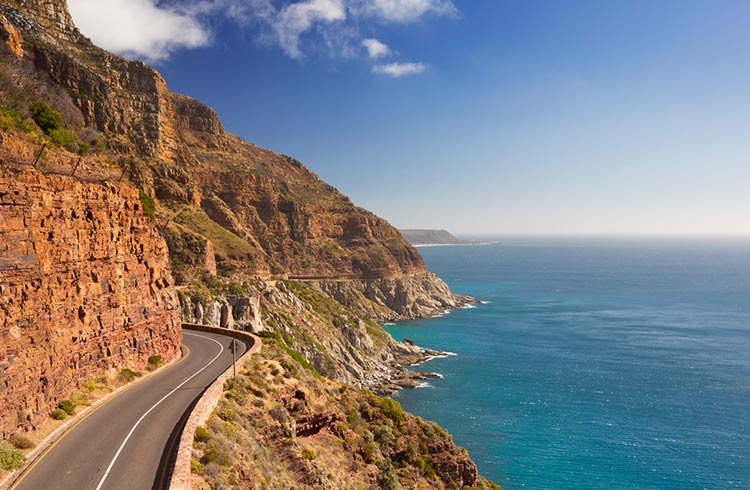
No Comments